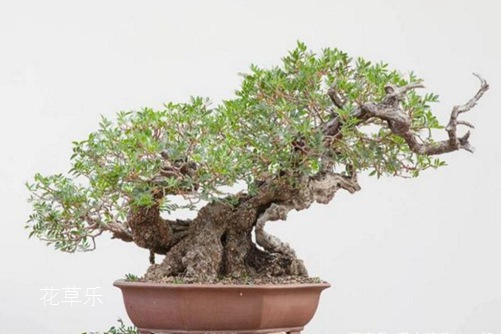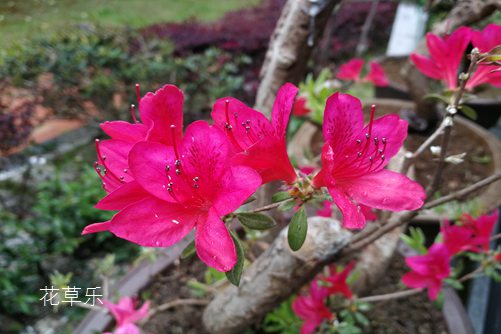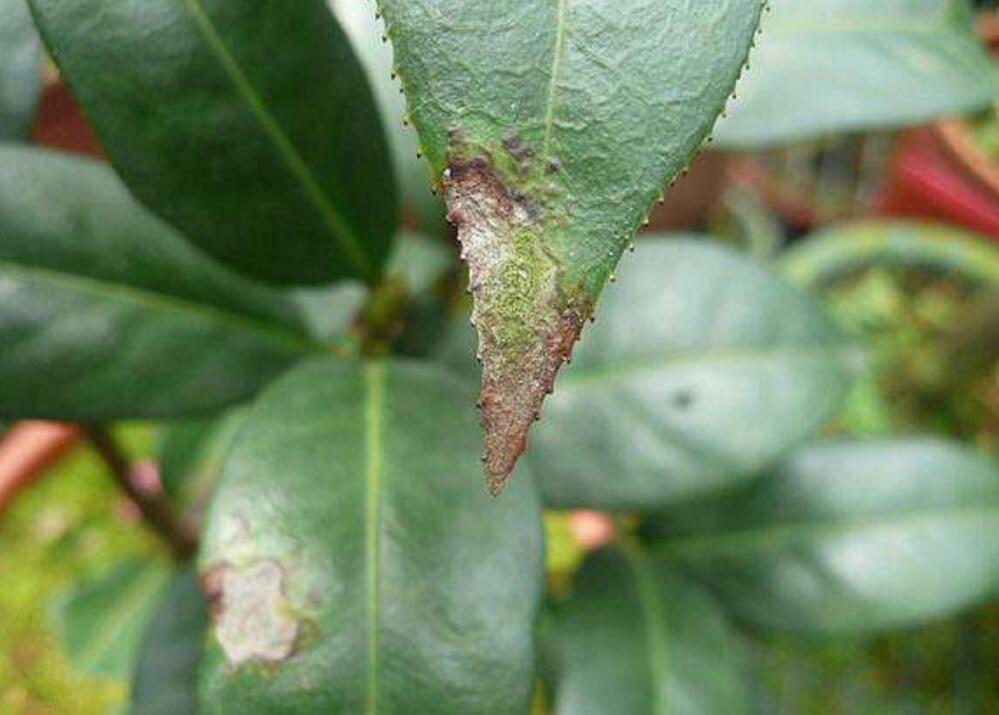How to raise the pistachio tree with both talents and appearance? Introduction to the Making and Maintenance of Pistacia chinensis Bonsai
Pistacia chinensis is a deciduous tree of Lacqueraceae. Pistacia chinensis likes light, warmth and cold; it is suitable for growing in limestone mountains with fat, moist and good drainage. The tree is beautiful in shape, with a spherical crown and luxuriant branches and leaves. The young leaves are red in spring, emerald green in summer, golden in autumn, and fall out in winter. Pistacia chinensis is a very good urban greening tree species, bonsai tree species also have a very good ornamental value. Pistacia chinensis is called a variety of "talent and appearance". How to raise it? The following Huacao Le Xiaobian will introduce to you the production and maintenance methods of Coptis chinensis bonsai.
How to raise the Coptis chinensis with both talent and appearance? Introduction to the production and maintenance methods of Pistacia chinensis bonsai

1. Selection of basin soil
Pistacia chinensis is a big tree with thicker stems and well-developed roots, so it is necessary to choose a larger flowerpot and sufficient soil fertility in order to maintain the nutrients needed for growth. Choose loose and fertile pastoral soil, add 1 beat 3 rotten cake fertilizer and mix it evenly.
Second, select the basin
Coptis chinensis bonsai is recommended to choose containers such as small wooden boxes, buckets, vats, flowerpots and so on.
Third, upper basin modeling
Pistacia chinensis had better be boiled in April. Take off the top and dwarf before potting, so that the lateral branches are longer and luxuriant. Generally, 4-5 layers of side branches are retained on the trunk of Pistacia chinensis, and the growth angle of the side branches of each layer is adjusted. The lower side branches grow obliquely, the middle side branches basically along the horizontal direction, and the upper side branches obliquely extend upward to make a natural bonsai with ingenious and proper matching.
IV. Turn over the basin and change the soil
The root system of Pistacia chinensis is developed and the growth rate is fast. Generally, the basin soil is changed every 2 years, which is carried out in March. Generally replace 1 big 3 pots of culture soil, and set aside about 2cm waterway to facilitate watering. Remember to water immediately after changing the soil, and until thoroughly.
V. maintenance of Coptis chinensis bonsai
1. Pistacia chinensis likes light and warmth, and is afraid of cold. It should be placed in a sunny, ventilated and humid place. Summer can not lack of water exposure, winter to move into the indoor winter, daily keep the basin soil moist. During the growth period, the management of fertilizer and water should be strengthened and fertilized once a month. The treatment of topping and limiting height should be carried out in every growing season to promote the development of seedlings to the direction of short and strong.
2. Pruning in time in autumn and winter, cutting off excess side branches, parallel branches, cross branches, overdense branches, long branches and withered branches by means of thinning, short pruning and retraction.
3. Pistacia chinensis is female and male dioecious, so attention should be paid to the proportion of female and male plants when making bonsai. It can also be grafted on branches and combined with artificial pollination to improve fruit setting rate and seed setting rate.
4. Pistacia chinensis has strong stress resistance, the volatile aromatic compounds in leaves and bark have strong insecticidal and insecticidal effects, and there are few diseases and pests.
Summary
The content of volatile aromatic oil in the leaves of Pistacia chinensis is high, which can emit rare and peculiar olive aroma into the air, and the leaves can absorb and absorb a large number of harmful gases such as SO2 and soot in the air, as indoor bonsai, put on the desk, windowsill, balcony and other places, can effectively purify and refresh the air, which is beneficial to people's physical and mental health.
Time: 2019-04-23 Click:
- Prev

Are azaleas poisonous? Can cuckoo bonsai be cultivated indoors?
Azaleas bloom delicate and colorful, many flower friends like to use rhododendrons as potted plants, move at home to enjoy, purify the air. But many friends have questions in their hearts: are azaleas poisonous? will they have any bad effects on our bodies? below, Xiaobian and you decipher whether azaleas are poisonous.
- Next

Prevention and Control of Bonsai Diseases of Flowers and plants how to treat anthracnose
All kinds of diseases and insect pests will occur in the process of flower bonsai culture, and the most difficult thing is to identify the disease and control effect. It can be divided into two kinds: fungal diseases and viral diseases. Fungal diseases include red spiders, aphids, and viral diseases such as anthrax, gray mold, white silk disease, coal fouling, etc.
Related
- Fuxing push coffee new agricultural production and marketing class: lack of small-scale processing plants
- Jujube rice field leisure farm deep ploughing Yilan for five years to create a space for organic food and play
- Nongyu Farm-A trial of organic papaya for brave women with advanced technology
- Four points for attention in the prevention and control of diseases and insect pests of edible fungi
- How to add nutrient solution to Edible Fungi
- Is there any good way to control edible fungus mites?
- Open Inoculation Technology of Edible Fungi
- Is there any clever way to use fertilizer for edible fungus in winter?
- What agents are used to kill the pathogens of edible fungi in the mushroom shed?
- Rapid drying of Edible Fungi

